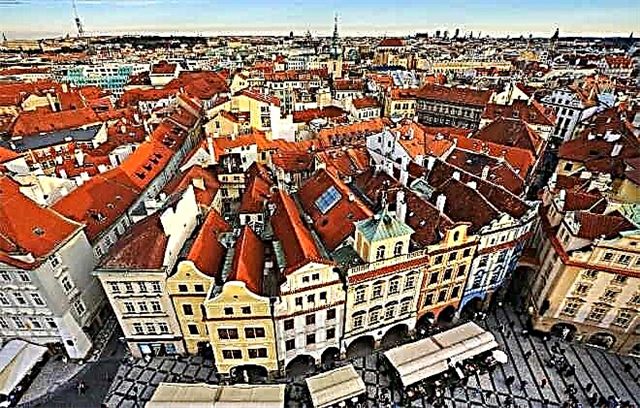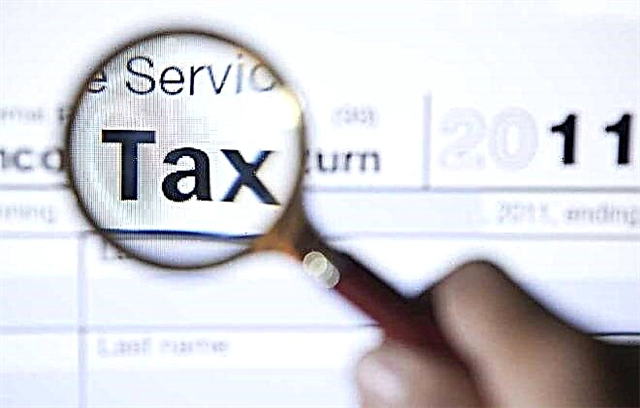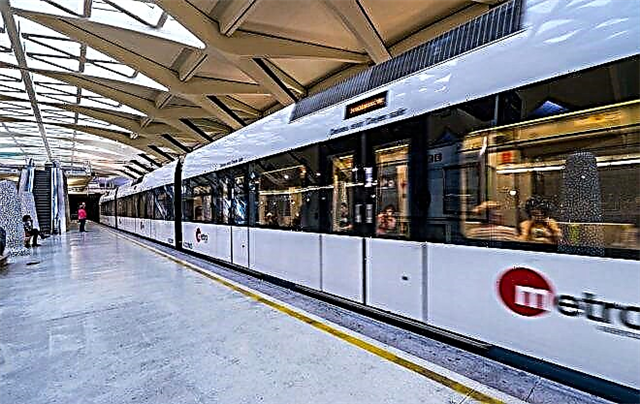Any traveler sooner or later is faced with the need to move within a particular settlement. At the same time, in large cities, with a rich travel traffic, it is often more convenient and economically profitable to use public transport, rather than the services of a taxi or a rental car. Therefore, when planning a trip to sunny Spain, it will be useful to learn more about the peculiarities of the metro in Valencia (Metrovalencia).

General information about the metro in Valencia
Covering a large part of the urban area and even several suburban areas, Metrovalencia plays an important role in the life of this Spanish city and its inhabitants. And its main feature is the unique design of each of the metro stations.
Historical reference
The basis for the creation of the Valencia metro was the Trenet de Valencia - an extensive network of suburban narrow-gauge railway, passing through different areas of the city and its environs. Its first lines appeared in 1888.
The network was constantly evolving, and in 1986 the state-owned company FGV was created to manage it. It is in her jurisdiction to this day that the Valencia metro is located.
- Two years after the creation of the company, the inauguration of the first line of the Valencian metro, laid in an underground tunnel between the districts of Saint-Isidre and Ademus, took place. This line has now been expanded and terminates at Bettera and Villanueva de Castellón.
- In the same 1988, the second metro line appeared in Valencia, which now connects the stations of Liria and Torrent Avenida.
- The next two branches were opened in 1994 and 1995 - now they are numbered 4 and 3, respectively. At the same time, the fourth line, although officially refers to the metro, is actually a high-speed tram line.
- In May 1995, the Metrovalencia brand was used for the name of the metro, which is still used today.
- The first completely underground line of the Valencian metro, number 5, was opened only in 2003. It connects the city's airport and the Maritim Serreria station, located in the seaport area.
- In 2007, another pure tram line number 6 was added to the metro.
Valencia metro underwent a major reorganization in 2021. It was then that three new lines were allocated from the existing branches: underground No. 7, tram No. 8 and a mixed metro and suburban train No. 9. At the same time, about ten new stations were built for the new branches.
In 2006, a terrible disaster occurred in the Valencia metro, resulting in the death of 43 people. This happened on the first line as a result of exceeding the permissible speed at a turn by almost two times, as a result of which the train derailed.
Specifications
Metrovalencia consists of 9 lines - 6 underground and 3 trams. Their total length exceeds 155 kilometers, with only 27 of them passing underground. This makes the Valencian subway one of the least underground in the world.
The total number of metro stations is 171. The gauge is 1 meter, the operating voltage is 750/1000 V, which is supplied by means of overhead wires.
The total number of trains is 108. The metro carries over 60 million passengers a year.
Contact Information
Head office telephone number: +34 961 924 000.
Help line: +34 900 46 10 46. Their specialists will help you plan your itinerary in such a way that you have the opportunity to familiarize yourself with the sights of this ancient Spanish city.
In addition, the help desk provides information on train timetables and the operating hours of the metro system, tariffs, items found and lost in the metro, as well as the activities carried out by the company.
Metro Valencia has official Facebook and Twitter pages, its own YouTube channel, and its official website is located at www.metrovalencia.es.
The main office of the company is located at: Valencia, España, Partida de Xirivelleta, s / n 46014.
Working hours
Most metro stations open their doors at 05.30 and close at exactly midnight. On weekends and holidays, they may close later than usual.
In addition, it should be borne in mind that many stations located outside the city have their own timetable, so the opening hours of the metro as a whole may differ. In this regard, the opening hours of the stations you are interested in should be checked on the official website in the Timetables section.
Typically, the train interval on central lines is 4 minutes, but in some suburbs you can wait for a train up to a quarter of an hour.
Valencia metro map
Valencia's metro includes four transport zones: A, B, C and D, which cover the city itself and its suburbs. The cost of travel will depend on which transport zone you will travel within.
For a sightseeing tourist, trips to Zone A are sufficient; Zones C and D are mainly new districts and outlying suburbs, in particular in Zone D there is a city airport.
The official Valencia metro map in Spanish from the Metrovalencia website, showing all lines and zones:

English simplified version:

Unfortunately, the Valencia metro map has not yet been translated into Russian.
The following metro lines are currently operating in Valencia:
- Betera - Villanueva de Castellon.
- Lyria - Torrent Avenida.
- Rafelbuñol - Airport.
- Mas del Rosary - Dr. Luke.
- Maritim Serreria - Airport.
- Tosal del Rey - Maritim Serreria.
- Maritim Serreria - Torrent Avenida.
- Marina Real Juan Carlos I - Maritim Serreria.
- Alboraya - Peris Arago - Riba Roja de Turia.
The branches are designed in such a way as to relieve the central directions and separate suburban lines into separate lines.
How much does a metro ride cost and what types of tickets are there?
Metro tickets in Valencia are sold at stations in specialized terminals with an English-language menu. The terminals accept both cash (banknotes and coins) and credit cards. If you are unable to purchase a ticket at the terminal, contact the station staff for help. Moreover, the terminals do not have a menu in Russian.
In addition to terminals, most stations also have ticket offices.
There are five main types of passes:
- Billete Sencillo - entitles you to a one-time ride immediately after purchase. Its cost when traveling within one zone is 1.50 euros; if you need to travel two zones, then it will cost 2.10 €; travel through three zones will cost 2.80 €; Well, for travel in all four zones you will have to pay 3.90 €.
- Billete Ida y Vuelta - allows 2 trips within 24 hours. A single-zone ticket costs € 2.90, a two-zone ticket costs € 4, a three-zone ticket costs € 5.30, and a four-zone ticket costs € 7.40.
- Bonometro - 10-ride ticket. To travel within one zone, it will cost € 7.60; for two zones it will cost 11 €, for three - 14.70 €, and for four - 21 €.
- TAT - Unlimited Monthly Pass. For travel in one zone it costs 41 €, in two - 53 €, and in three and four - 63 €.
- TAT Anual is a one-year pass. One-zone costs € 359.40, two-zone € 450.90, three-zone € 535.80, and four-zone € 608.60.
The Valencia Card also gives you unlimited travel in Zones A and B. One-day option costs 15 €, two-day - 20 €, three-day - 25 €.
How to use the metro in Valencia
To get, say, from the airport to the Hotel Mediterraneo Valencia, you need:
- Find the Aeroport metro station at the airport.
- Purchase at the Billete Sencillo terminal.
- Go to the entrance turnstile and attach your ticket to it.
- Wait for the train route # 3 or # 5 and get on it.
- Get off at the Àngel Guimerà stop and get off the train.
- Attach your ticket to the exit turnstile and leave the station.
Finally
Valencia has a unique predominantly surface metro system. Payment is made in accordance with the zoning, turnstiles are located both at the entrance and at the exit from the stations. To use the metro without problems, you should study its scheme and carefully plan through which zones the trip will pass. For active movements with visiting attractions, buying a tourist card would be an excellent option.











